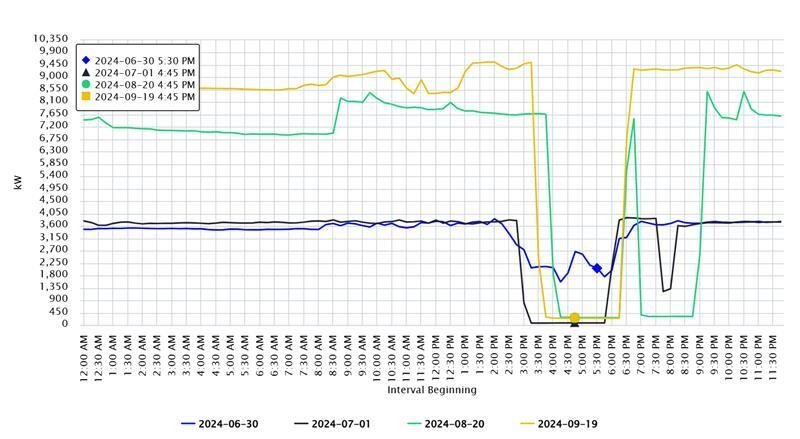RATE REVIEW
& OPTIMIZATION
Most clients assume that their utility and retail rates are correct on their invoices, and they lack the resources and the knowledge to spot errors or discrepancies. Between complex energy tariffs, supply agreements with countless combinations of cost components and conditions, and the multiple opportunities for human error in rate decision and billing data inputs, an alarming number of clients receive incorrect bills and overcharges every day. Furthermore, there are times when clients have the option to request certain rate alternatives or designations that drive additional cost savings, but clients do not even know where or how to begin to evaluate and implement these adjustments.
By leveraging the team’s experience in pricing, contracting, rate creation, tariff writing, billing, and engineering, 5 identifies rate-related issues and opportunities and works with clients to address them. Not only does 5 provide clear insights into the rate review findings, but the team also works with the client’s utility and supplier to ensure satisfactory completion of the next steps, whether correcting an issue or capitalizing on an opportunity.
Here are a few examples of the actual errors 5 has uncovered during rate reviews for clients:
• Plastics manufacturer paying double line losses.
• Water district on transmission level voltage paying higher distribution
level charges.
• City paying for Christmas lights throughout the year after taking down
the lights in January.
• Commercial real estate owner paying demand ratchet charges from the
previous owner.
• Healthcare provider paying the previous contract rate months after the
renewal rate starts.
• Senior living home being double-billed for months before engaging 5.
• Cogeneration plant overpaying due to incorrect tariff.
With 5 serving as the advocate for a client, utilities and suppliers are held accountable to absolute resolution and clients can rest assured knowing that their best interests are top of mind.

“At Accredo, we pride ourselves on being innovative and finding solutions for our clients that others cannot. We partnered with 5 because they share the same passion to go the extra mile to create value for their clients. The money they found due to the bill error is something we never would have caught on our own and a great bonus to their service.”
- Rex Varn, Executive Vice President, Accredo Packaging Inc.




